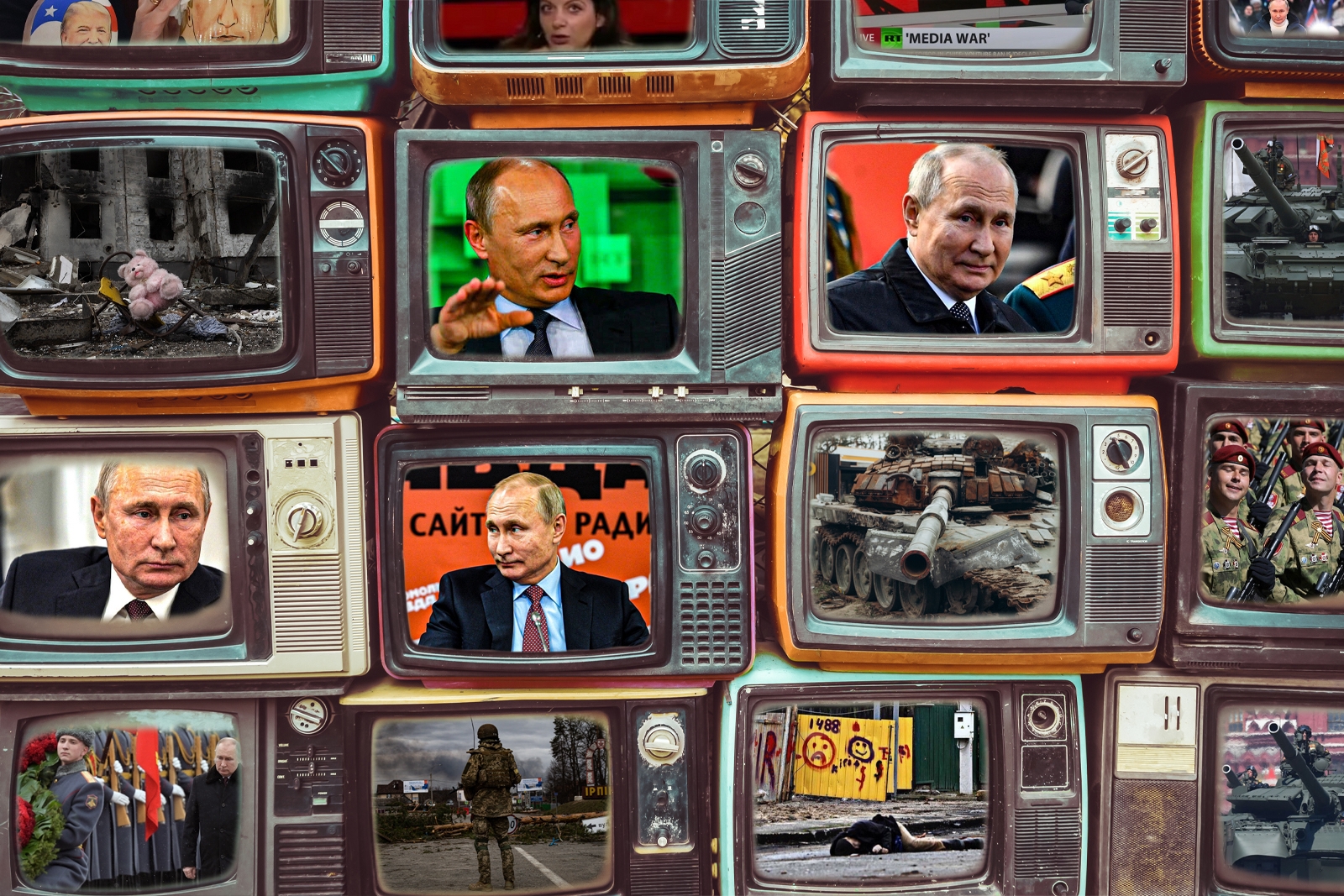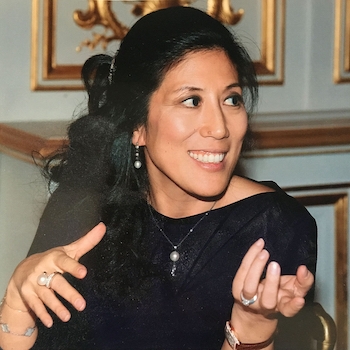
We Are All Soldiers in the ‘TikTok War’
Misinformation has emerged as the most dangerous and effective weapon employed by Russia in its war against Ukraine. With a few simple keystrokes, viral misinformation and disinformation have the capacity to affect opinion, sway momentum, obfuscate, and misdirect sentiment and resources among Russia’s enemies and allies.
The Reboot Foundation surveyed French citizens and found that more than half of them believed some aspect of Russia’s misinformation over its motives for invading Ukraine. For example, 22 percent believe the war is justified in the name of Russian security, while 23 percent believe Russian-speaking Ukrainians are being targeted by Ukrainian authorities.
Misinformation campaigns are not new to war but what is new is the rapid and almost instantaneous spread of misinformation in this conflict thanks to social media. This is a war being played out not only in person but on our smartphones, laptops, and devices – where the shots fired land immediately and go far beyond the range of a bullet or blast.
The alarming marriage of social media and misinformation employed by Russia has created a new take on warfare in 2022, what some are calling the world’s first “TikTok War,” and we must arm ourselves against it.
The first step is understanding how social media plays to our emotions and undercuts our ability to think critically about the information we see in our news feeds. Social media apps and platforms were designed to discourage reflective thinking. The algorithms that control our feeds have been perfected to supply users with high-octane emotional content that’s easy to share and amplify, regardless if it’s true or good for society. What’s more, “content creators” slice and dice video footage to push specific narratives that result, for many social media users, in an array of echo chambers and misinformation on their news feeds.
This war of misinformation works because when users read and share information without keeping their emotions in check, they fall prey to their innate cognitive biases – little mental shortcuts our brains take when making a snap decision like deciding whether to share the latest TikTok video.
Particularly at play in Russia’s misinformation campaign against Ukraine is confirmation bias which has users seeking out and amplifying information that confirms or supports the things they already believe to be true. Similarly, confirmation bias has users disregarding or ignoring information that challenges or disproves their beliefs.
One good example of this is the fact that a recent public opinion poll found that 89 percent of Russians believed their soldiers were protecting and defending civilians in Ukraine or were “denazifying” Ukraine.
The intersection of cognitive bias and clickable news is being increasingly studied but there are established resources that can combat it.
How can we stop misinformation?
The best defense against misinformation campaigns – be they by Russia against Ukraine, U.S. elections, or regarding global pandemic information and climate change news – is critical thinking.
Critical thinking for kids must be a priority. Young people must be taught how to recognize and disregard misinformation, how to think logically, how to analyze information, and how to draw conclusions to make better choices. At Reboot, we’ve developed a guide for teachers to help them better teach critical thinking skills, along with media literacy.
Scandinavian countries are leading the way on this, and present good models that other nations could adopt. Finland, for example, teaches all of its students how to identify misinformation (defective information or mistakes), disinformation (hoaxes), and gossip or so-called “malinformation” (stories that intend to damage). It seems to be working, as Finland tops a list of European countries deemed the “most resilient to disinformation.”
Our research has shown that more than a third of middle school students in the U.S. say that they “rarely” or “never” learn how to judge the reliability of sources. And when it comes to adults, they wildly overestimate their ability to accurately evaluate information they encounter online. When Reboot surveyed the American public in 2020, it found only about 1 percent of people used “true fact-checking techniques” when investigating information, such as whether a website was partisan or not.
Critical thinking requires cool, rational, and thoughtful deliberation which can counteract our natural biases. Most importantly, it is a skill set anyone can acquire at any age. All that is required is dedication, humility, and curiosity if one is to remain sharp. So while the onslaught of fake news is bound to keep coming – especially during this “TikTok War” – it’s up to each of us, individually, to be better, more savvy consumers of information.
And that starts with the decision to do so.

